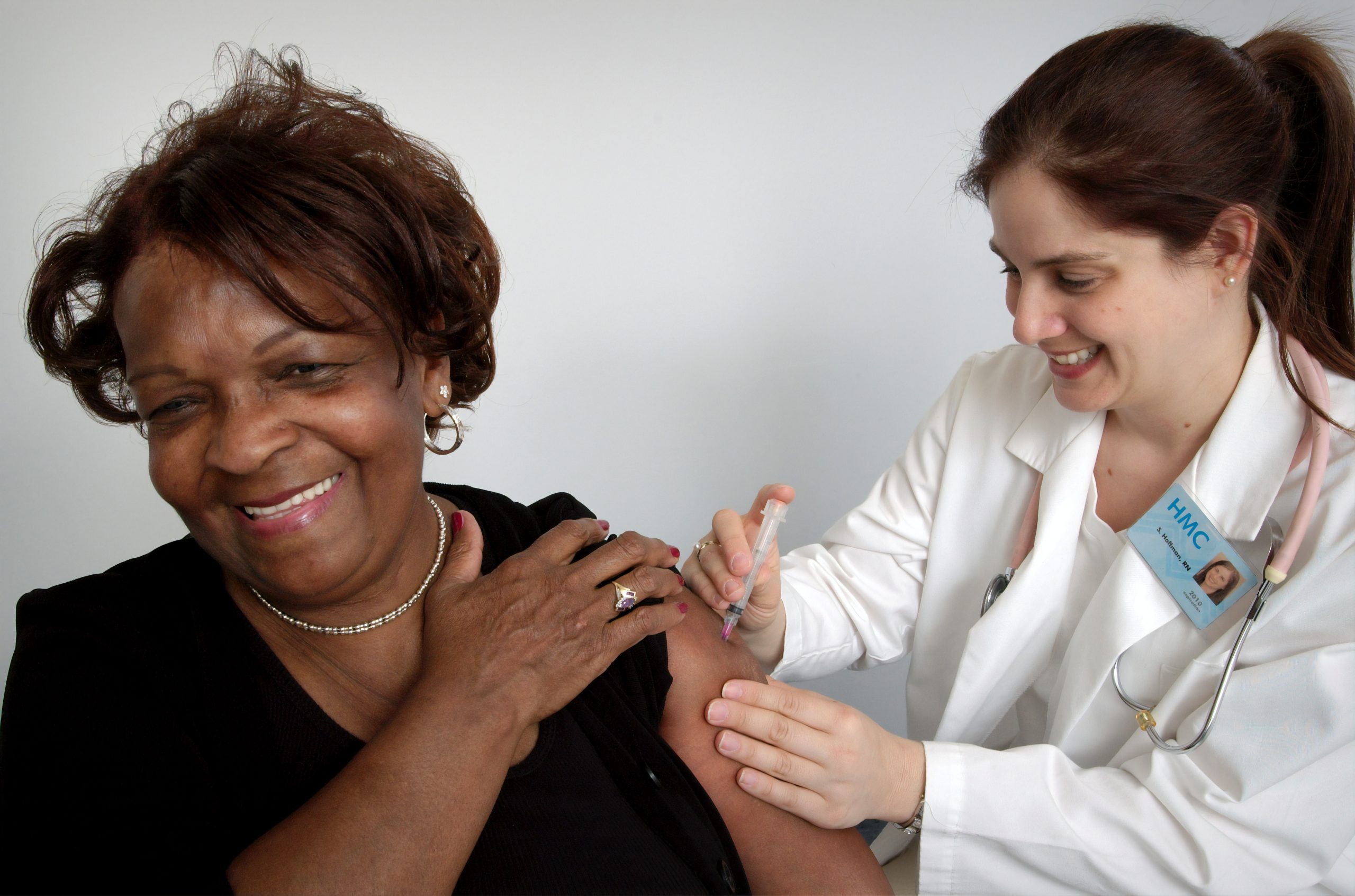Adults and Older Adults
Adulthood is a large age category including everyone 18 years and older, but there is great diversity within this group. Some adults will have had minimal encounters with nurses and others will have had extensive encounters. Younger adults in their late teenage years and early twenties may share characteristics with adolescents, so you may use many of the same communication strategies. You should also examine and acknowledge your own biases and tendencies to stereotype older adults and constantly re-assess your own assumptions so that they do not negatively affect your communication.

Figure 2.9: Adults and older adults.
With older adults, it is important to give them time to process and answer questions, as they may have a slower response time. Avoid making assumptions about their hearing or vision or cognitive capacity. Rather, speak in a clear voice and face them while you speak as you would with all clients. It can be helpful to write down instructions or educational information for older adults, as they are often dealing with substantial quantities of health information.
Some older adults may have a care partner present with them because they are managing multiple illnesses and may have cognitive or physical impairments that cause disabilities. When a care partner is present, you should engage in an inclusive communication approach. After engaging in the introductory phase with the client, ask about who the person with the client is. If appropriate, you should consider the client and care partner as a dyad in which both are recipients of care, but the client should be your main focus during your assessment. Avoid assuming that care partners can better answer questions for older clients. For example, direct your questions to the client even though the care partner may help answer some of the questions.

